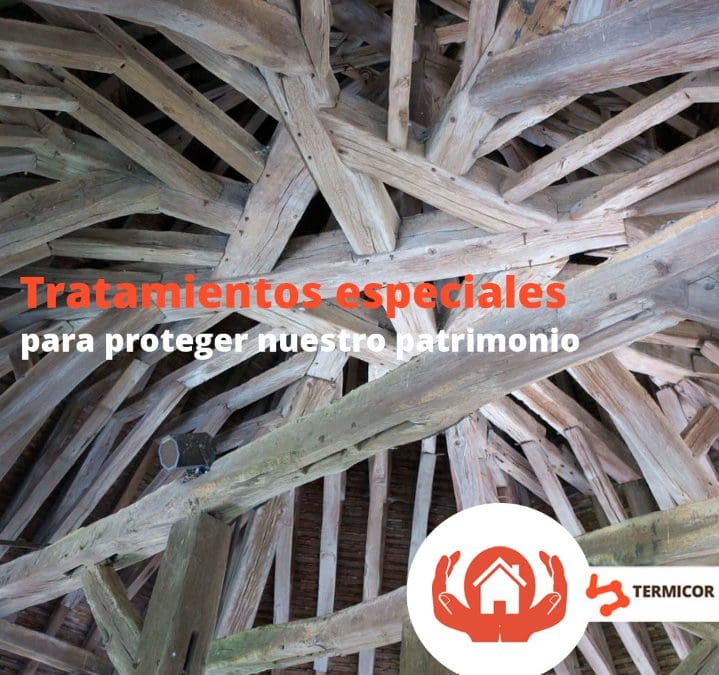Pest control in heritage-protected buildings presents unique challenges due to the need to preserve the historical and architectural integrity of these structures while addressing pest issues. These buildings often have special features and materials that require a careful and specialized approach to effectively control pests without damaging the historic value.

Here are some important considerations for pest control in heritage-protected buildings:
- Building Knowledge: It is crucial to have a deep understanding of the building and its history to understand how pests may be affecting the structure. This includes identifying potential entry points, access routes, and habitats preferred by pests.
- Non-invasive methods: Non-invasive control methods that minimize damage to the structure should be prioritized. This may include the use of traps, baits, and physical control methods, rather than intensive chemical treatments that could damage historic materials.
- Interdisciplinary collaboration: Pest control in heritage buildings often requires the collaboration of professionals from different fields, such as conservators, architects, entomologists, and pest control experts. Together, they can develop strategies that address both pests and heritage preservation.
- Compatible Materials and Methods: Chemicals used for pest control should be carefully selected so as not to damage historical materials. Products of low toxicity and that are compatible with the original materials of the building should be preferred.
- Prevention: Prevention is key in pest control in heritage buildings. Sealing cracks, repairing water leaks, and regular maintenance can help prevent pests from entering and proliferating.
- Constant monitoring: Regular monitoring is essential to detect and address any pest problems early. This helps prevent infestations from getting out of control and reduces the need for drastic interventions.
- Education and awareness: Keepers and users of heritage buildings should be educated about pests and how to prevent them. Awareness of the importance of maintaining a clean environment and prevention practices can be critical to avoiding problems.
- Thorough documentation: Any action taken in relation to pest control should be well documented. This includes details about the methods used, the products applied, and any observed changes in the structure.
In summary, pest control in heritage-protected buildings requires a careful and balanced approach that considers both the preservation of historic value and the need to keep the environment pest-free. Collaboration between experts and the adoption of approaches tailored to the specific situation of each building are essential to achieve effective control without compromising the integrity of the heritage.
You may think that protected buildings are limited only to churches, monuments, etc. But there are many properties that, due to their historical importance, are subject to great restrictions and care. Or not the whole building, but part of its structures, such as a certain door, a specific roof, façade ornamentation, etc. You may not know it, but you live on a farm with one of these restrictions. Also, palaces located in the old town, historic facades that are subject to very specific regulations both for their reform and for their care.

That is why it is essential to go to professionals experienced in this type of treatment. At Termicor we have extensive experience in this type of work, and we have the appropriate material to carry it out while preserving all the beauty of our heritage.
We can go and assess the work to be carried out, how to carry it out and the cost that it may entail without any commitment.


